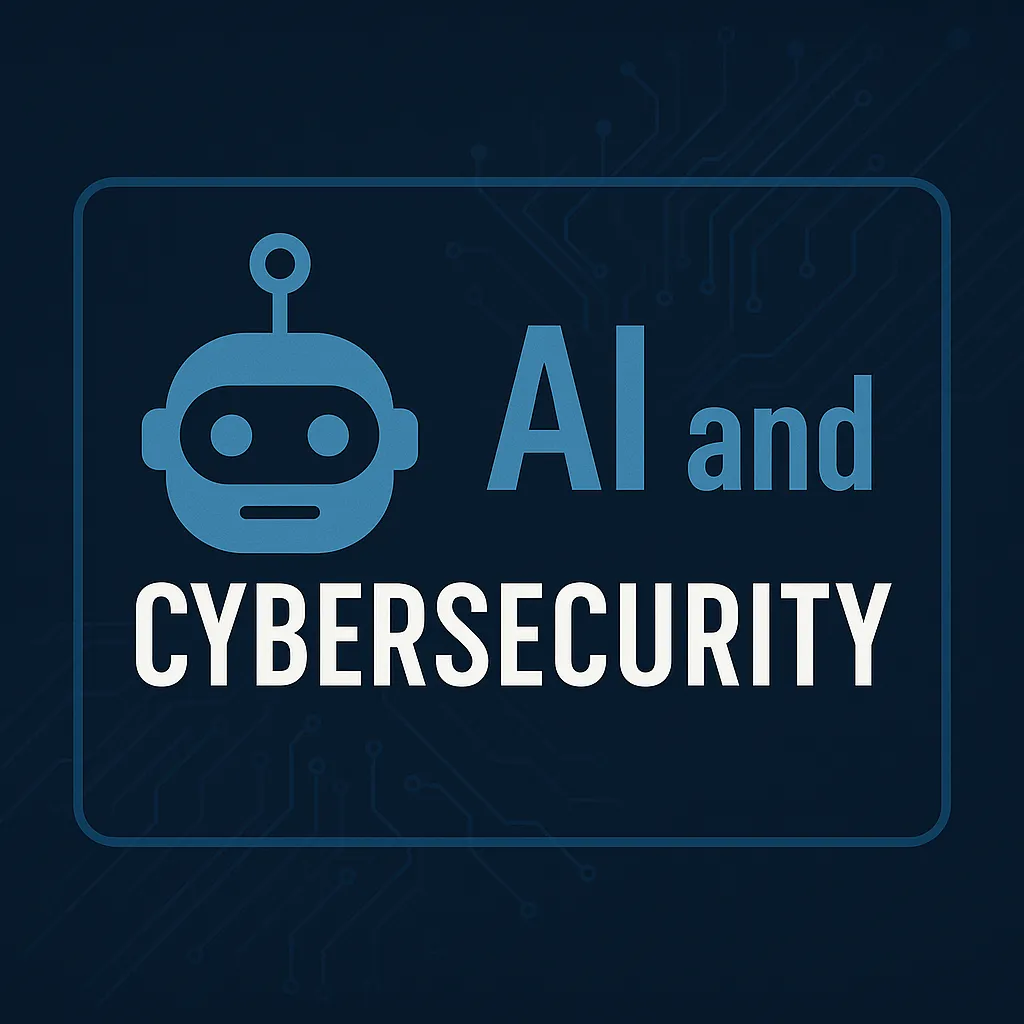The Role of Artificial Intelligence in Shaping Modern Cybersecurity Practices
As technology advances, the intersection of artificial intelligence (AI) and cybersecurity is becoming more critical. This article explores how AI is transforming cybersecurity, its benefits, challenges, and what the future may hold.
Introduction to Artificial Intelligence in Cybersecurity
Artificial Intelligence (AI) refers to the simulation of human intelligence in machines designed to think and learn. In the realm of cybersecurity, AI is deployed to enhance security protocols, detect anomalies, and counteract cyber threats more efficiently than traditional methods.(source)
The Rising Complexity of Cyber Threats
With cyber-attacks becoming more sophisticated, there is a growing demand for innovative solutions. AI provides dynamic analysis tools that adapt to new threats, like the recent surge in AI-driven ransomware attacks highlighted by the UK National Cyber Security Centre.(source)
AI Enhancing Cyber Defense Mechanisms
The US and other countries are implementing AI to strengthen their cyber defenses. By automating threat detection and response, AI can process vast amounts of data much faster than human counterparts, allowing for quicker responses to security breaches.
Case Study: Iranian Cyber Operations
Iran's use of AI in cyber operations illustrates how state actors employ technology to enhance their capabilities. These operations range from government-directed efforts to loosely connected proxy activities, showing the dual use of AI in both defensive and offensive capacities.(source)
The Impact of Regulations on AI and Cybersecurity
Looking ahead, the regulatory landscape in 2025 is expected to include mandatory encryption and monitoring measures to thwart cyberattacks. The changing global privacy laws will also play a significant role in shaping cybersecurity strategies.(source)
Global Privacy Concerns
The introduction of stringent privacy regulations worldwide necessitates a balance between advancing AI technology and safeguarding personal data. This balance is crucial for gaining public trust and ensuring the ethical use of AI in cybersecurity.
Conclusion: Preparing for an AI-Driven Cybersecurity Future
As AI continues to evolve, both opportunities and challenges in cybersecurity will emerge. Organizations must stay informed about technological advancements and regulatory changes to adequately protect against and respond to cyber threats. Embracing AI with awareness and preparedness will be key to cybersecurity success in the coming years.

